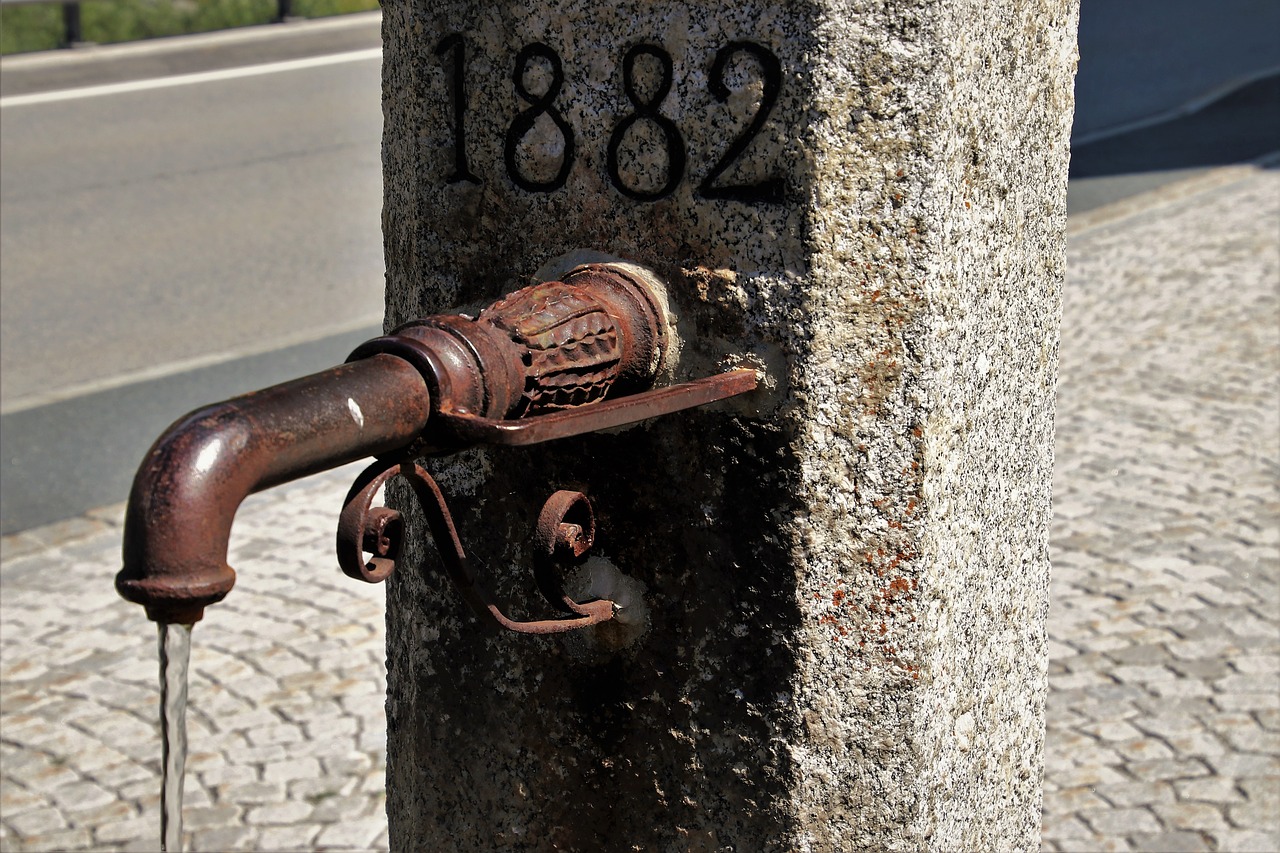The water conditions in India are extremely bad, and according to governmental data, the water availability has even decreased with 15% between the years of 2001 and 2011, which is awful, considering it’s that much in one decade.
Going forward, this massive drop insinuated trouble for the future, and just like that, predictions occurred that it will decrease by yet another 13% by the year 2025. It will also follow by 15% more by 2050, leaving 1.1 million litres for each Indian household each year, which has already been reduced from 1.8 million litres, leaving the entire idea of clean water for the future, an incredibly difficult pill to swallow.
The entire idea of it all also worsens when you consider that India’s population continues to rise every year, along with the fact that agriculture plays a major role in their economy, employing hundreds of millions of Indian citizens.
How Bad is the Water Crisis in India?
If you can imagine 60,000 farmers committing suicide, due to a lack of access to irrigation tools and facilities, all brought on by the drought; then you can understand what a big impact it has on India and its people.
Studies have also shown that when there’s a rise in rainfall, suicide rates drop with 7%, leaving rain an essential ingredient to the equation of a healthy, happy and secure country.
Citizens, as well as the government, are taking drastic measures to deal with India’s water crisis. Even though it’s easier to blame the politicians, the government and the change in climate and the global warming overall much could’ve been done a long time ago.
Citizens can’t blame the earth for the pollution that has been caused over the last few decades. Many water sources that used to be freshwater resources are now filled with filth and disease.
The Ganges is one such river, which is also considered to be India’s most important river. Although there have been attempts to clean it up, it is still not suitable for drinking. The same goes for Bellandur Lake in Southern Bangalore, which is extremely toxic, due to methane fires and chemical pollution.
The fact that India’s biggest problem has shifted from poverty to not having enough water supply while there is such high demand is a significant burden for the country. With winters becoming shorter and summers longer, Indian residents must stand together to clean up the rivers, save water and find an exterior source of water to support the country’s needs now and even more so in the future.
Get water delivery and office water coolers from Living-Water in London.






